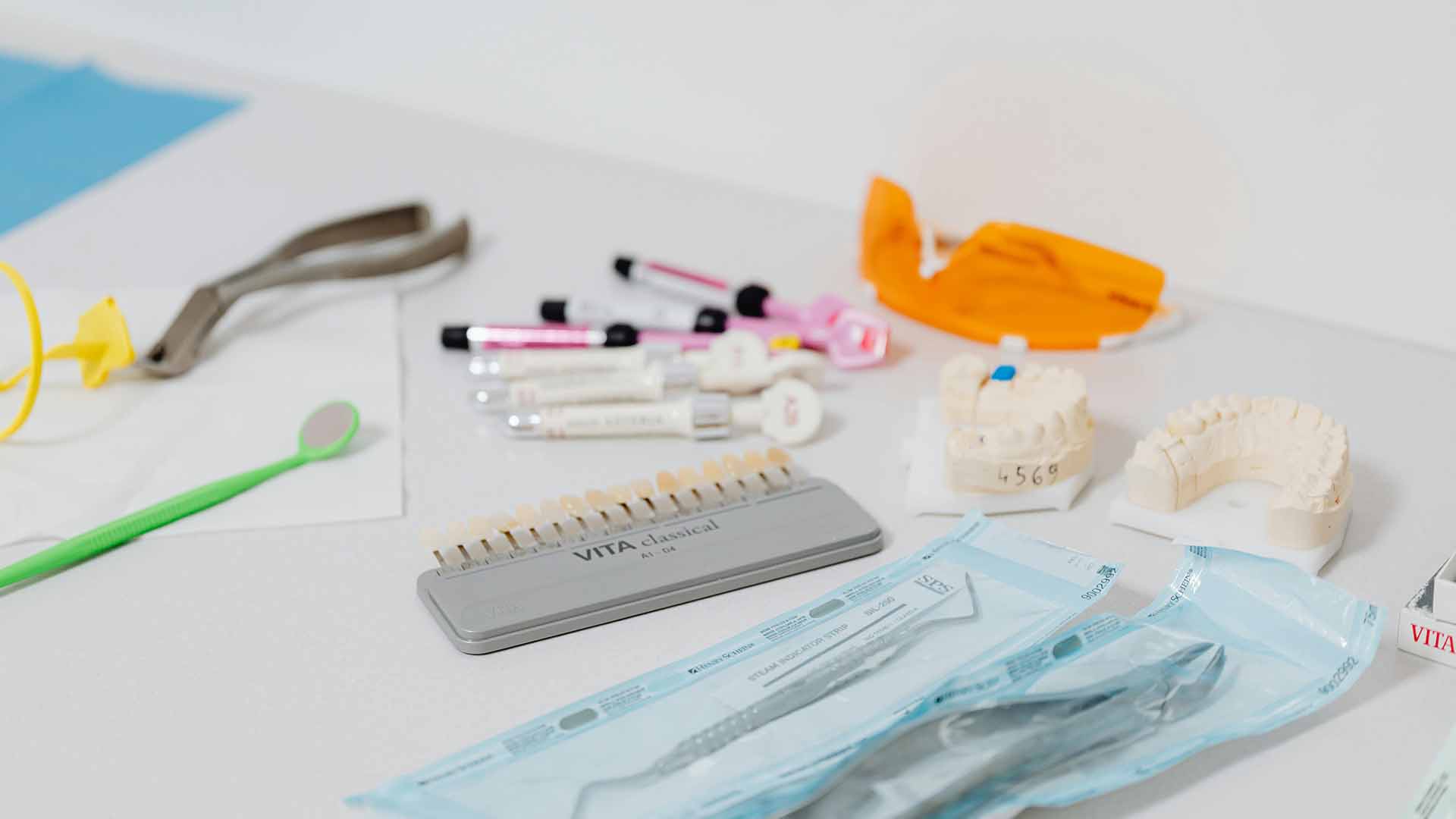Dental implants have become a go-to solution for replacing missing teeth, offering a stable, natural-looking foundation that functions much like a real tooth. But a common question many people have is: What are dental implants made of? Knowing the specific materials used in dental implants can provide valuable insight into their durability, functionality, and why they’re so widely recommended. This article breaks down the exact materials used in dental implants, explaining their properties and purposes to help you make an informed decision.
What Are the Main Components of a Dental Implant?
A dental implant is comprised of three essential parts: the implant post (also known as the fixture), the abutment, and the crown. Each component plays a unique role in the structure and function of the implant and is crafted from materials that maximize its strength, biocompatibility, and natural look.
- Implant Post (Fixture): Titanium and Titanium Alloys
- The implant post, or fixture, acts as an artificial tooth root anchored within the jawbone. This part is typically made from titanium or titanium alloys, chosen for their unique properties:
- Biocompatibility: Titanium is exceptionally compatible with human tissue and bone, significantly reducing the risk of allergic reactions or rejection.
- Osseointegration: A key advantage of titanium is its ability to bond directly with bone through a process called osseointegration. This bonding makes the implant stable and durable, mirroring the function of a natural tooth root.
- Strength and Durability: Known for its high strength-to-weight ratio, titanium is both strong and lightweight, ensuring that the implant can withstand daily chewing forces without wear.
- The implant post, or fixture, acts as an artificial tooth root anchored within the jawbone. This part is typically made from titanium or titanium alloys, chosen for their unique properties:
- Implant Post: Zirconia as an Alternative
- While titanium is the most common choice, zirconia is emerging as a popular metal-free alternative. This ceramic material offers several unique benefits:
- Metal-Free Composition: For patients sensitive to metals or who prefer a non-metal option, zirconia offers a viable alternative.
- Aesthetic Appeal: The white color of zirconia closely resembles a natural tooth, which can be particularly appealing for implants in the front of the mouth.
- Biocompatibility: Zirconia, like titanium, is highly biocompatible and integrates well with the bone, though some research suggests a slightly lower rate of osseointegration compared to titanium.
- While titanium is the most common choice, zirconia is emerging as a popular metal-free alternative. This ceramic material offers several unique benefits:
What Materials Are Used for the Abutment?
The abutment is the connector between the implant post and the crown, securing the entire structure in place. Abutments are made from materials selected for their strength and stability:
- Titanium: Often used for abutments, titanium provides a strong connection with the implant post, minimizing the risk of loosening over time.
- Zirconia: Zirconia abutments are also available, offering a more aesthetic, tooth-colored option that pairs well with ceramic crowns for a seamless, natural look.
What Materials Are Dental Implant Crowns Made From?
The crown, the visible portion of the dental implant, is designed to resemble a natural tooth in both appearance and function. Crowns are made from materials that balance aesthetics, durability, and resistance to wear:
- Porcelain-Fused-to-Metal (PFM): This type of crown combines a metal core with a porcelain overlay, providing both strength and a realistic appearance. While the metal adds durability, it may become visible over time if the gum line recedes.
- All-Ceramic or All-Porcelain Crowns: These crowns are made entirely from ceramic or porcelain, offering a metal-free solution that looks highly realistic, making them a preferred option for front teeth.
- Zirconia Crowns: Zirconia crowns are well-known for their strength and are often used in molars or areas where bite forces are higher. They provide a natural look and can be layered with porcelain for enhanced aesthetics.
Why Are These Materials Chosen for Dental Implants?
When asking, What are dental implants made of?, it’s important to understand why these specific materials are used. Each material was selected to maximize the implant’s success, longevity, and integration with natural tissues.
- Biocompatibility: The primary materials, titanium and zirconia, are both highly biocompatible, meaning they work well within the body without causing inflammation or adverse reactions. This compatibility reduces the risk of implant failure and promotes healing.
- Durability: Dental implants are designed to withstand daily activities, such as chewing and grinding, for many years. Titanium and zirconia provide the durability needed to endure these forces without fracturing or wearing down.
- Aesthetic Appeal: With advancements in implant technology, the materials used for abutments and crowns have been optimized for aesthetic appeal. Zirconia and porcelain offer a natural, tooth-like appearance that allows the implant to blend seamlessly with surrounding teeth.
Titanium vs. Zirconia: Which Is Better?
The choice between titanium and zirconia depends on individual needs. Titanium implants have an extensive track record, offering high success rates in terms of osseointegration and longevity, making them suitable for most patients. However, zirconia is gaining favor for those looking for a metal-free solution, or for those with a high priority on aesthetics. Consulting with a dental professional will help determine the best option based on personal preferences, medical history, and overall dental health.
Final Thoughts: What Are Dental Implants Made Of?
Understanding what dental implants are made of can help patients appreciate their durability, function, and aesthetic potential. The implant post is typically crafted from titanium or zirconia, chosen for their exceptional strength and biocompatibility. Abutments, often made from titanium or zirconia, connect the implant to a natural-looking crown made from materials like porcelain or zirconia.
Choosing the right materials is crucial for the success of your dental implant, so discuss these options with your dentist to make a well-informed decision. With the right choice, a dental implant can provide a long-lasting, natural-feeling solution that enhances both oral health and confidence.


Leave a Reply